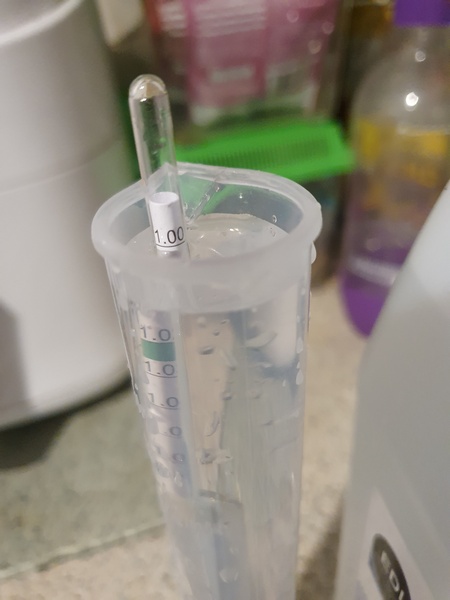A second go at this 'cos I didn't gather any useful way forward from the first. Perhaps the resident RO Water guru (@Buckeye_Hydro) has my answers?
We (in UK) have a commercial outfit - "Spotless" - selling RO water for cleaning windows. They are proud to announce their RO equipment has a 99% rejection rate. Makes for easy calculation of water treatment salt additions! But you would not want that water in your copper pipes! (Or to drink as-is). Pipes with any metal for that matter. Water with no alkalinity will eat them for breakfast! But most here seem equally proud their water has zero minerals? RO water for drinking is "remineralised", but we don't hear much about that. You can see it in the Bru'n Water calculator (I've seen the same "Profile" in other calculators too):

The mineral salts present must be the result of post-filter "remineralisation". No vendor of RO devices is going to admit their membranes allow 16ppm (bicarbonate) through.
Comments please ...
We (in UK) have a commercial outfit - "Spotless" - selling RO water for cleaning windows. They are proud to announce their RO equipment has a 99% rejection rate. Makes for easy calculation of water treatment salt additions! But you would not want that water in your copper pipes! (Or to drink as-is). Pipes with any metal for that matter. Water with no alkalinity will eat them for breakfast! But most here seem equally proud their water has zero minerals? RO water for drinking is "remineralised", but we don't hear much about that. You can see it in the Bru'n Water calculator (I've seen the same "Profile" in other calculators too):

The mineral salts present must be the result of post-filter "remineralisation". No vendor of RO devices is going to admit their membranes allow 16ppm (bicarbonate) through.
Comments please ...








































